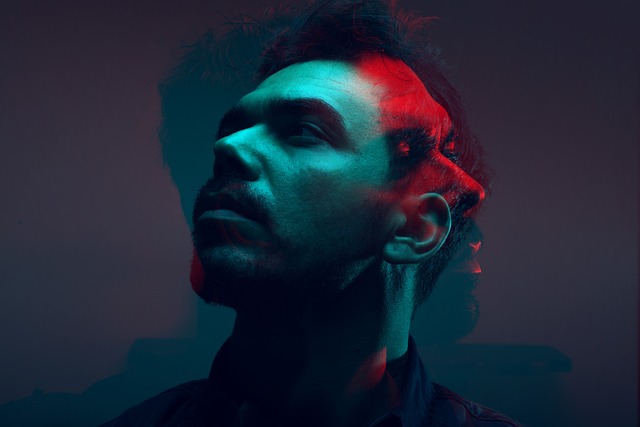Mastering Exposure: A Beginner’s Guide
Photography can often feel overwhelming, especially for beginners. With a myriad of settings, concepts, and technical jargon, it’s easy to feel lost. However, one of the most fundamental aspects of photography that every aspiring photographer should master is exposure. Understanding exposure is crucial for creating stunning images that accurately capture your vision. In this guide, we’ll embark on a journey to demystify exposure, providing you with the knowledge you need to elevate your photography skills.
What is Exposure?
At its core, exposure refers to how light or dark your image appears. It’s a balancing act of three key elements known as the exposure triangle: aperture, shutter speed, and ISO. Each component plays a crucial role in determining the overall exposure of your photograph, and understanding how they work together is essential for beginners.
The Exposure Triangle
Aperture
Aperture impacts the amount of light that enters your camera. Think of it as the pupil of your eye—it can open wide in low light or close down in bright situations. A lower f-number (like f/2.8) means a larger opening, allowing more light and creating a blurred background effect, commonly known as bokeh. In contrast, a higher f-number (like f/16) results in a smaller opening and a greater depth of field, keeping more of the scene in focus. For beginners, experimenting with different apertures can lead to exciting discoveries in your photography.
Shutter Speed
Shutter speed controls how long your camera’s sensor is exposed to light. A fast shutter speed (like 1/1000th of a second) freezes motion, making it perfect for action shots, while a slow shutter speed (like 1/2 second) can create beautiful motion blur effects, ideal for waterfalls or night photography. Understanding shutter speed is essential for beginners who wish to control not only exposure but also the mood and style of their images.
ISO
ISO determines the sensitivity of your camera’s sensor to light. A low ISO (like 100) is ideal for bright conditions, as it minimizes noise (graininess) in your images. On the other hand, a high ISO (like 3200) can be a lifesaver in low-light scenarios but may introduce some noise. For beginners, it’s important to strike a balance between ISO, shutter speed, and aperture to achieve the desired exposure without compromising image quality.
Finding the Right Balance
The beauty of photography lies in its creativity, and there’s no one-size-fits-all approach. As a beginner, experimenting with different combinations of aperture, shutter speed, and ISO will help you understand their relationships and how they influence your images. An effective way to practice is by shooting in manual mode. This mode allows you to adjust each component of the exposure triangle individually. Don’t be afraid to make mistakes; they are often the best teachers on your journey!
Utilizing Histograms
While you’re out capturing images, learning to read histograms can further aid in achieving the perfect exposure. A histogram provides a visual representation of the tonal values in your photo, showcasing the distribution of shadows, midtones, and highlights. For beginners, aiming for a balanced histogram—where the graph is well-distributed without clipping on either end—can guide you in making necessary adjustments while shooting. This skill will certainly boost your confidence as a photographer!
Practice Makes Perfect
Mastering exposure takes time, patience, and lots of practice. Try setting aside time each week to go out with your camera and experiment with different styles of photography, focusing solely on exposure. Whether it’s landscape, portrait, or street photography, apply what you’ve learned about aperture, shutter speed, and ISO to see how each element influences your images. With consistent practice, your understanding of exposure will deepen, and your photographs will reflect the effort and knowledge you’ve put into mastering this essential aspect of photography.
Remember, every great photographer started as a beginner. Embrace the learning process, enjoy the journey, and let your creativity shine through in your work!



